Category: Interquartile range and median
Often the application of a transfer pricing method produces a range of figures. In some cases, not all comparable transactions will have a relatively equal degree of comparability. Where every effort has been made to exclude points that have a lesser degree of comparability, it may still be the case, that what is arrived at is a range of figures for which comparability defects remain that cannot be identified and/or quantified.
Substantial deviation among points in that range may indicate that the data used in establishing some of the points may not be as reliable as the data used to establish the other points in the range
In such cases, if the range includes a sizeable number of observations, statistical tools (e.g. the interquartile range or other percentiles) can enhance the reliability of the analysis.
It may also be appropriate to use measures of central tendency (for instance the median, the mean or weighted averages) to determine the arm’s length price applied, in order to minimise the effect of unknown or unquantifiable remaining comparability defects.
See on this issue, TPG 2017, para 3.55 – 3.62

Netherlands vs “Fertilizer BV”, April 2022, Court of Appeal, Case No. ECLI:NL:GHSHE:2022:1198

Bulgaria vs Rubbertek Bulgaria EOOD, April 2022, Supreme Administrative Court, Case No 3453

Panama vs “Construction S.A.”, December 2021, Administrative Tax Court, Case No TAT- RF-111 (112/2019)
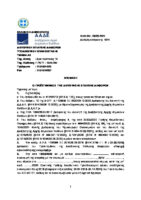
Greece vs “Diary Distributor Ltd.”, November 2021, Tax Court, Case No 579/2021

Finland vs A Oy, September 2021, Supreme Administrative Court, Case No. KHO:2021:127

Panama vs “Pharma Distributor S.A.”, July 2021, Administrative Tax Court, Case No TAT-RF-066

Finland vs A Oy, June 2021, Supreme Administrative Court, Case No. KHO:2021:73

Denmark vs Tetra Pak Processing Systems A/S, April 2021, Supreme Court, Case No BS-19502/2020-HJR
Chile vs Avery Dennison Chile S.A., March 2021, Tax Court, Case N° RUT°96.721.090-0
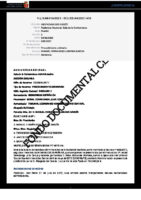
Spain vs BIOMERIEUX ESPAÑA SA, February 2021, National Court, Case No 2021:416
South Africa vs ABC (PTY) LTD, January 2021, Tax Court of Johannesburg, Case No IT 14305

Portugal vs “A-Contract Manufacturer LDA”, December 2020, CAAD Tax Arbitration, Case No 808/2019-T
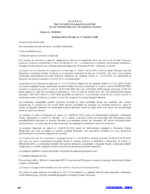
Romania vs “Electrolux” A. SA, November 2020, Supreme Court, Case No 6059/2020
Panama vs “Petroleum Wholesale Corp”, September 2020, Administrative Tribunal, Case No TAT-RF-062
Greece vs “G Pharma Ltd”, july 2020, Court, Case No 1582

Denmark vs Icemachine Manufacturer A/S, June 2020, National Court, Case No SKM2020.224.VLR

Panama vs “AC S.A.”, January 2020, Administrative Tribunal, Case No TAT-RF-002
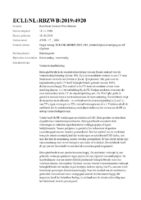
Netherlands vs “Fertilizer BV”, November 2019, District Court, Case No. ECLI:NL:RBZWB:2019:4920

Hungary vs “APA Ktf”, October 2019, Court of Appeals, Case No. Kfv.I.35.504/2018/6
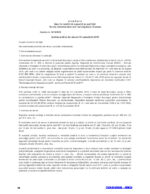
Romania vs “Broker” A SRL, September 2016, Supreme Court, Case No 3818/2019
Sweden vs Absolut Company AB, June 2019, Supreme Administrative Court, Case no 1913-18
Chile vs Monsanto Chile S.A, December 2018, Tax Court, Case N° RUC N° 14-9-0000002-3
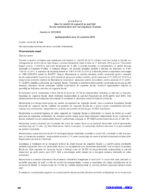
Romania vs SC A SRL, October 2016, Supreme Court, Case No 2651/2016

France vs GE Healthcare Clinical Systems, December 2015, CAA de VERSAILLES, Case No 13VE00965

Austria vs Wx-Distributor, July 2012, Unabhängiger Finanzsenat, Case No RV/2516-W/09

